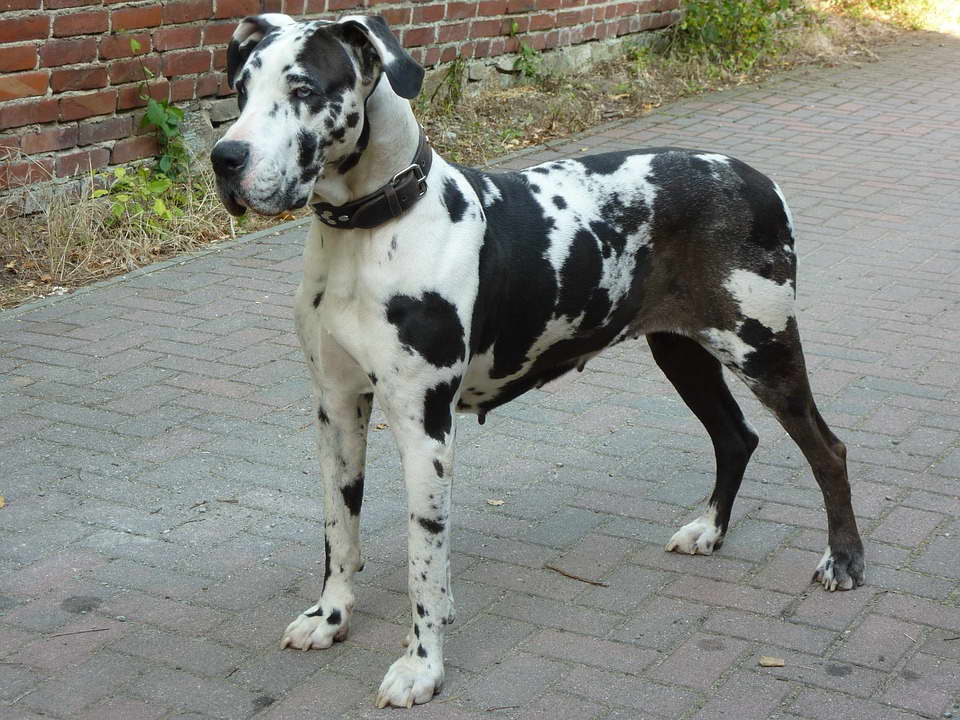
Great Dane Characteristics
What are the characteristics of a Great Dane? Although Great Danes are highly social dogs, they can be aggressive when challenged. Owners report that their dogs are most aggressive when strangers approach their homes. However, Great Danes tend to behave calmly around neutral locations and are perfectly content to be left alone. Listed below are some of the most notable Great Dane Characteristics. We hope that this information will help you decide if a Great Dane is a right dog for you.
Historically, the Great Dane was first bred as a hunting dog. German nobles favored the large breed for its ability to hunt wild boar. These dogs were known for their lavish velvet collars. A French naturalist, however, mistakenly attributed the Great Dane’s name to a Danish wolf, but that influence has no relation to the dog’s development. As such, they have been recognized as one of the most popular and lovable companions.
Great Dane Head Anatomy
The Great Dane has a large head that is flat on top, and its ears are floppy and sometimes cropped. In the U.S., many parents of Great Danes have chosen to have their dogs’ ears cropped. Their coats are extremely varied and can be black, white, or even a combination of two or more colors. In addition, Great Danes have short, sleek coats and a short lifespan.
Although Great Danes are extremely gentle and loving, they can be intimidating to many people. The dog’s large size makes them an attractive choice for people who want a large, protective dog with a big personality. In general, these dogs are loyal to their owners and are great with children. However, if they feel threatened, they can be highly protective and guarded when required. They can also be a great watchdog if you want them to protect you and your home.
Great Dane Coat
The coat of a Great Dane is typically dark gray with white patches on the chest and legs. An occasional harlequin Great Dane will have light eyes. Anisochromia is a condition wherein a dog’s eyes have a blue tint instead of a white one. The Great Dane’s ears are located on the top of the head, slightly curved, and reach the cheeks. The neck of a Great Dane is strong and curved towards the head.
The coat color of a blue Great Dane is a distinctive feature of this breed. Blue Great Danes are generally steel-blue with black undertones. However, the exact color of a blue Great Dane can vary slightly. The gene causing the hue in blue is recessive. Therefore, this type of color is rare and does not produce viable offspring. Unlike the blue Great Dane, Blue Great Danes do not produce many viable offspring.
The Most Loyal Dog
The Great Dane is a loyal and affectionate breed, and they love human companionship. They are affectionate towards all people, and they are often described as gentle giants. They are brave and protective of their family, and they enjoy social time with their owners. While not known for their loud bark, Great Danes are active and eager to participate in training exercises. They are also natural athletes and thrive in physical activities.
History
Great Danes date back to ancient times, and there is evidence of this breed’s existence on Greek coins from 36 BC. This dog has been referred to as the “Apollo” of dogs. They were also used as companions by the Asiatic people known as the Alans. Despite the name, the Great Dane has an interesting history. While they don’t originate from Denmark, they were selectively bred in Germany to be stronger and more resistant to wild boars and bears. This breed was later used for carting and tracking duties, despite their origins.
The Great Dane is one of the oldest dog breeds in existence. Documents describing a similar breed can be found in the Mesopotamian region as far back as 2000 B.C. Great Dane dogs were later traded by the Greeks and Romans, and are present throughout history. Their heritage comes from many other dog breeds and the Assyrians. They were known to be very territorial and often attack unknowing threats, but they have an extremely high prey drive.
Great Dane Common Size
Great Danes are enormous dogs. Males are typically 30 inches tall and more than 90 centimeters high, and females are slightly smaller than males. However, gender inequality is not noticeable in Great Danes. As they are so large, they are not as easy to handle as other large dogs. They can be highly aggressive and can become difficult to train, especially if you don’t know how to handle them.
Leave a Reply